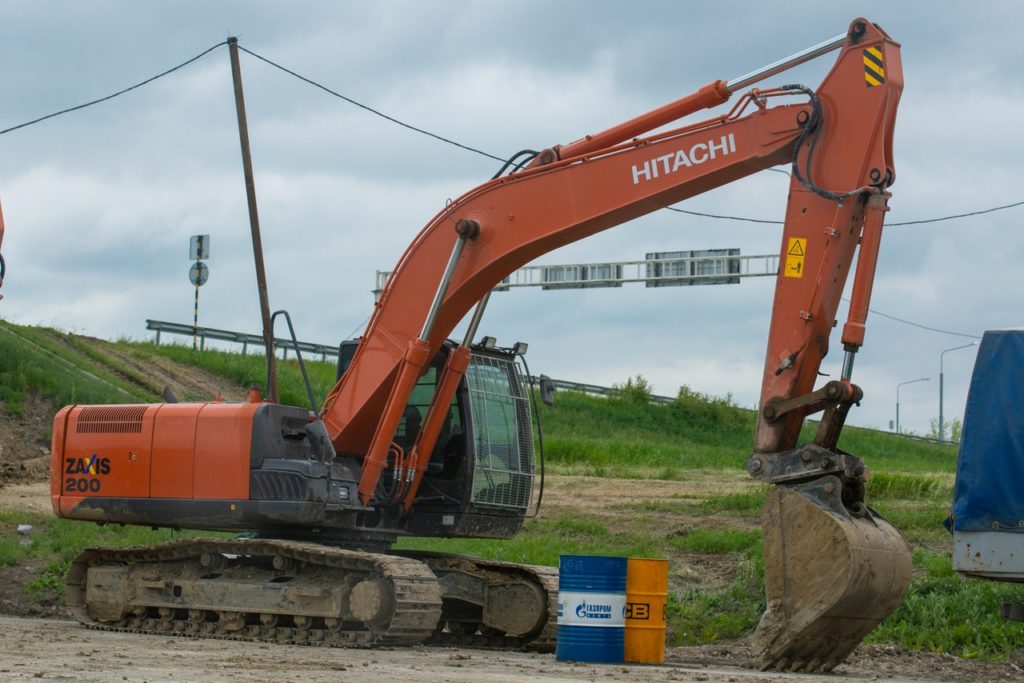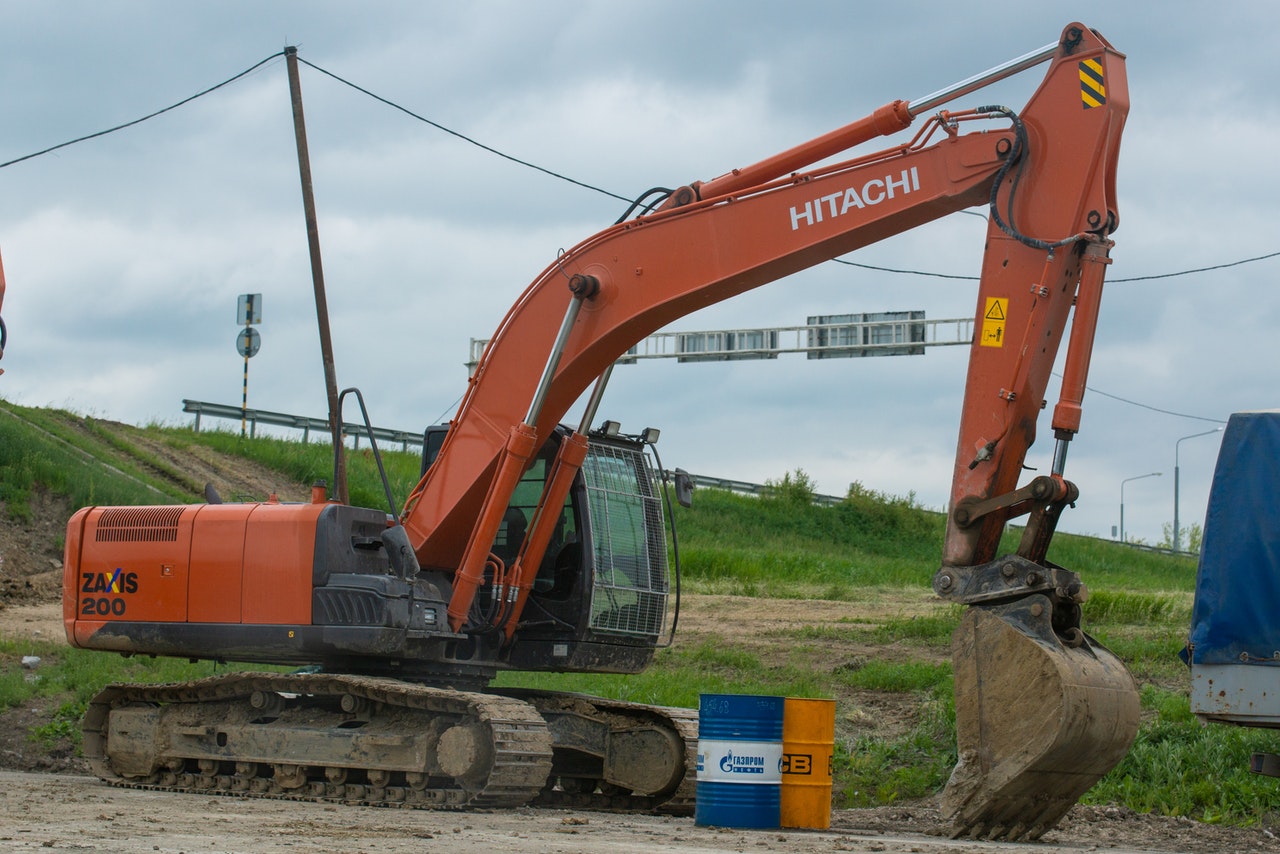
I learned this today. Hydraulic machines work because a force applied at one point to an incompressible fluid is transmitted to another point and multiplied at the same time.
There are two principles at work in a hydraulic system. The first is that an incompressible liquid will transfer energy and the second is that the force can be multiplied if the size of the piston is changed.
There are four states of matter: solid, liquid, gas, and plasma. In each state, the density of the matter changes because there is more or less energy. A gas is less dense than a liquid because there is far more energy, and the molecules move a lot more., making a lot more space between them. Because of that, a gas can be compressed a lot. A liquid has less energy than a gas and the molecules are much closer together. Because of this, they can not be compressed.
As liquid cannot be compressed, a force applied to a closed system on one side will come out on the other side with hardly any loss. If you have a piston attached to a pipe full of water and another piston on the other end, when you push the first piston, the energy will be transferred through the liquid and the second piston will rise. The first piston pushes on the molecules under it, they push on the molecules next to them, and so on all the way along the liquid until the last molecules push on the second piston. This happens instantly. It is a very efficient system. It works no matter how long the pipe and no matter the shape. This makes it extremely useful.
The second thing that makes a hydraulic system extremely useful is that the force can be multiplied. The energy doesn’t get multiplied, but the force does. It is obviously not possible to create energy. How does this happen? It is called Pascal’s law. The law says that the pressure applied to any part of an enclosed liquid will be transmitted equally in all directions through the liquid.
If we take our example of a tube filled with a liquid and two pistons again, a 1kg force on the first piston will produce a 1kg force on the second piston, if the tube is the same width throughout. If the tube attached to the second piston is 50 times wider than the tube attached to the first piston, the force will be multiplied by 50 times. So, the 1kg force on the first piston will have a resultant 50kg force off the second piston. This is how a hydraulic system can lift heavy weights. The first piston pushes down on the liquid filled tube, moving the molecules. The moving molecules enter the 50 times larger tube, and the force is applied to every molecule at the start of the larger tube. These molecules then pass the force on, but because there are 50 times more “columns” of molecules, there is 50 times more force.
This principle also means that hydraulic systems can be split. If the first pipe is split halfway down into two pipes of equal size, a piston at the end of each of the two pipes will move when the first piston is pressed. The force can be split which means one switch can operate several different pieces of machinery.
Blaise Pascal was a French mathematician and physicist. He published his law on fluid mechanics in 1663. His research opened the way for hydraulics to be used in industry.
A hydraulic press was invented by Joseph Bramah of England in 1795, using Pascal’s principle. He patented it in 1795 and it is still known as a Bramah Press. The press had many uses, and it became a vital machine during the Industrial Revolution. It replaced steam in some capacities because it produced superior results.
Modern hydraulic systems tend to use oil or synthetic fluids instead of water because they can offer other benefits. Oil is a much better lubricator than water, which allows the system to be used for longer. The oil can also be seeded with additives that protect the machinery.
In a regular hydraulic system, the fluid is kept in a reservoir. When the system is activated, a pump moves the fluid and applies the pressure. Valves are used to direct the fluid and the pressure and then actuators are used to transfer the force to mechanical energy to move the machinery.
So, hydraulics work because a fluid cannot be compressed and passes a force through itself. The force can also be multiplied by increasing the surface area of the fluid. And this is what I learned today.
If you read this far, I would appreciate a like and a follow.
Photo by Paul Knut: https://www.pexels.com/photo/an-excavator-7910068/
Sources:
https://en.wikipedia.org/wiki/Hydraulic_machinery
https://en.wikipedia.org/wiki/Pascal%27s_law
https://en.wikipedia.org/wiki/Blaise_Pascal
https://en.wikipedia.org/wiki/Hydraulic_press
https://en.wikipedia.org/wiki/Joseph_Bramah
https://www.explainthatstuff.com/hydraulics.html
https://science.howstuffworks.com/transport/engines-equipment/hydraulic1.htm
https://www.ryco.com.au/blog/force-multiplication-key-hydraulic-systems/

